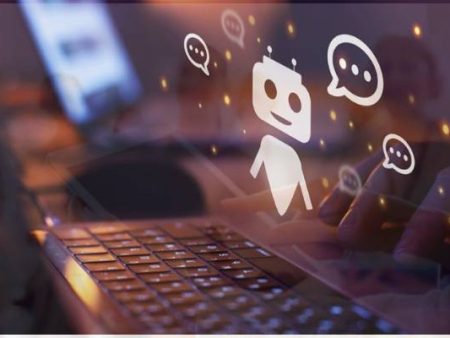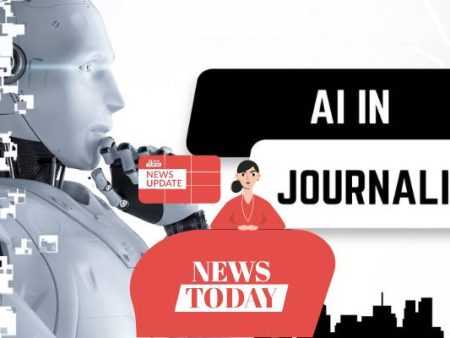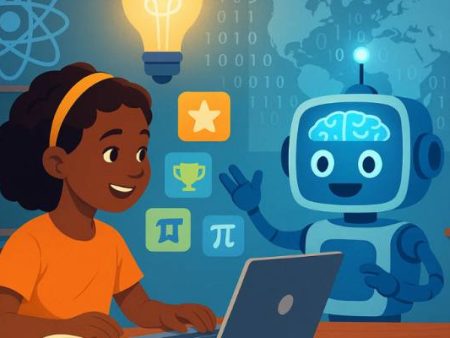There’s a certain magic in old photographs. The faded colors, the slightly torn edges, even the awkward poses—all of it reminds us of moments frozen in time.
But here’s the bittersweet part: those photos don’t move. They sit in albums, boxes, or digital folders, quietly collecting dust while our memories fade a little more each year.
What if there were a way to bring them back to life? Not just scanning them, but actually watching them move—your grandparents smiling, your childhood dog running in the backyard, your younger self laughing.
That’s no longer just science fiction. With advances in AI video, we’re now able to animate still photos, turning static memories into moving video experiences.
And honestly, the first time I tried it, I felt a mix of awe and something close to tears. There’s something both emotional and slightly uncanny about watching a photo blink, smile, or tilt its head.
But the technology is improving, and with a little care, it can be one of the most powerful ways to honor the past while embracing the future.
Why We Long to Animate Old Photos
You might wonder, why bother? Isn’t a photo enough?
Well, psychologists have long talked about the “reminiscence bump”—our tendency to vividly recall memories tied to meaningful visuals, especially from childhood or adolescence. Add motion and sound to those visuals, and suddenly the connection deepens.
Video is far more engaging than a still image. Studies show that people retain 95% of a message when viewed in video versus 10% in text. When applied to personal history, that’s not just about retention—it’s about emotional resonance.
In short: bringing photos to life lets us relive moments in ways we never could before.
The Technology Behind It
So, how does this work? What’s really happening when AI can turn your old photos into moving video memories?
It comes down to a few overlapping technologies:
- Facial Landmark Detection
AI identifies key points on a face (eyes, mouth, eyebrows, jawline) and maps them in a 3D-like model. - Motion Models
Pre-trained datasets teach the AI how humans blink, smile, or move their heads. These motions are then applied to the photo. - Generative Adversarial Networks (GANs)
This is where the magic happens. GANs pit two neural networks against each other—one generating possibilities, the other critiquing them—until the final animation looks convincingly real. - Voice and Audio Options
Some platforms even allow adding sound, like generating subtitles, captions, and voice to match the animation.
It’s the combination of these pieces that makes the final result feel so uncanny yet captivating.
Popular Tools That Do This
Several platforms are now offering photo-to-video features:
- MyHeritage Deep Nostalgia: Famous for animating genealogy photos—parents and grandparents suddenly smile or turn their heads.
- D-ID: Allows you to animate photos with custom audio or text prompts. Great for creative storytelling.
- Runway: More experimental, offering tools for creators to push beyond simple animations.
- Synthesia: Known for AI video avatars, but also capable of turning stills into dynamic characters with voiceovers.
Each of these has strengths. MyHeritage, for instance, excels at emotional impact for family history. D-ID gives you flexibility for fun experiments—imagine animating a historical painting or an old yearbook photo.
My First Encounter With Animated Memories
I’ll admit, the first time I tried animating an old photo of my grandfather, I hesitated. Part of me wondered if it was respectful—or if it crossed into something eerie.
But when the photo came to life—his eyes blinking, lips forming a subtle smile—it felt unexpectedly intimate. I had only ever known him as the stoic man in old family pictures, but suddenly I saw glimpses of the warmth my mother always talked about.
Was it perfect? No. The movement was slightly stiff, and if you looked closely, you could tell it wasn’t “real.” But emotionally, it didn’t matter. The experience reminded me of him in a way still photos never had.
Ethical Questions and Boundaries
That story leads into an important point: just because we can animate photos doesn’t always mean we should.
There are ethical questions around consent. Should we animate historical figures who never agreed to it? Is it appropriate to bring back loved ones without considering how family members might feel?
I don’t think there are easy answers. For me, it comes down to intent. If the goal is to honor and remember, AI can be a powerful tool. If the intent is to exploit or mock, that’s a line crossed.
And yes, there’s also the risk of misuse—deepfakes and misinformation. Researchers are already warning that AI photo animation could be weaponized if not handled responsibly (Brookings).
Practical Uses Beyond Nostalgia
While personal memories tug at the heart, there are other applications worth noting.
- Education: Imagine a history class where portraits of past leaders briefly come to life and “speak” about their times.
- Museums: Exhibits could integrate moving photo displays, making history more interactive.
- Marketing: Brands are already using AI to create content where mascots or product spokespeople are animated from static images.
- Accessibility: Photos could be paired with narration and text—generating subtitles, captions, and voice—to make them more inclusive.
This isn’t just nostalgia tech. It’s storytelling at scale.
Accessibility: More Than a Feature
I want to pause on that last point. Accessibility is often treated as an afterthought in tech conversations. It shouldn’t be.
When you’re animating photos into video, adding captions and voiceovers isn’t just helpful—it’s essential. The World Health Organization estimates over 430 million people worldwide have disabling hearing loss. Without subtitles, millions are excluded from these experiences.
AI makes accessibility easier. The same system animating your photo can generate synchronized text and narration. That means these memories can be shared more widely, across generations and abilities.
Emotional Impact: Why It Hits So Hard
There’s something deeply human about watching still memories move. It’s not just nostalgia—it’s empathy.
When you see a loved one’s photo smile or blink, your brain responds almost as if you’re experiencing them in real life. Neuroscientists call this the “mirror neuron” effect, where we emotionally resonate with observed motion (Frontiers in Human Neuroscience).
That’s why these animations can feel so powerful—even if you know, logically, that it’s just pixels generated by a machine.
The Risks of Overuse
That said, there are risks. Over-animating every old photo might diminish their charm. Some images are powerful precisely because they’re frozen in time.
Also, overreliance on AI animations could blur the line between authentic memory and synthetic creation. If every family album becomes animated, what happens to our sense of history?
I think the key is balance. Use the technology thoughtfully. Not every photo needs movement. Some deserve to remain still, quiet reminders of the past.
The Future of Animated Memories
Looking ahead, the tech will only get better. Imagine:
- Old photos turned into fully narrated life stories.
- Avatars created from multiple family photos, speaking in synthesized voices.
- Integration with VR/AR, where you can “walk through” your family history.
It’s both exciting and a little unsettling. But like most tech revolutions, it’s up to us to shape how it’s used.
My Honest Take
If you ask me, animating old photos with AI is one of those rare technologies that bridges heart and code. It’s technical, yes. But it’s also profoundly emotional.
When done respectfully, it offers something beautiful: a way to reconnect with moments, people, and feelings we thought were lost to time.
But I’d also caution against overuse or thoughtless application. Keep the focus on storytelling and empathy. Remember that a moving photo isn’t the same as the person themselves—it’s a tribute, not a resurrection.
Final Thoughts
The idea that AI can turn your old photos into moving video memories still amazes me. It’s like unlocking a time capsule, except instead of dusty relics, you get living glimpses of the past.
It’s not perfect technology, and it raises questions we’ll keep debating. But if approached with care, it has the power to transform how we remember, teach, and share stories.
In the end, AI isn’t replacing memory—it’s enriching it. And that, to me, is worth exploring.


